Could New Zealand’s offshore waters be the perfect manta nursery?
New Zealand’s offshore environment has always captivated me, sparking an inner excitement and freedom that grows the further you venture. Out of sight and mind of the mainland, electric blue water and prehistoric islands are unified by an endless horizon. The sheer diversity of life out here means that you can literally encounter anything from albatross to blue whales to great hammerhead sharks and even manta rays.
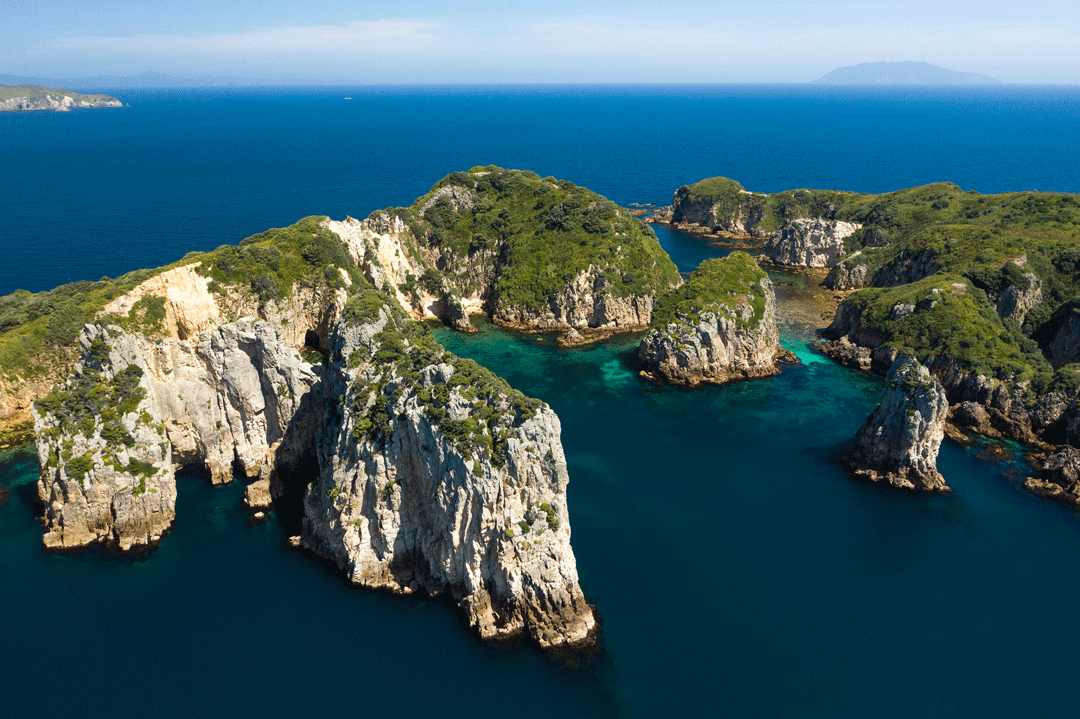
Mokohinau Islands. Photo by Scott Sinton
This giant game of hide and seek can often leave you empty-handed in terms of manta sightings but Manta Watch New Zealand (MWNZ) is definitely punching above its weight in terms of quality discoveries.
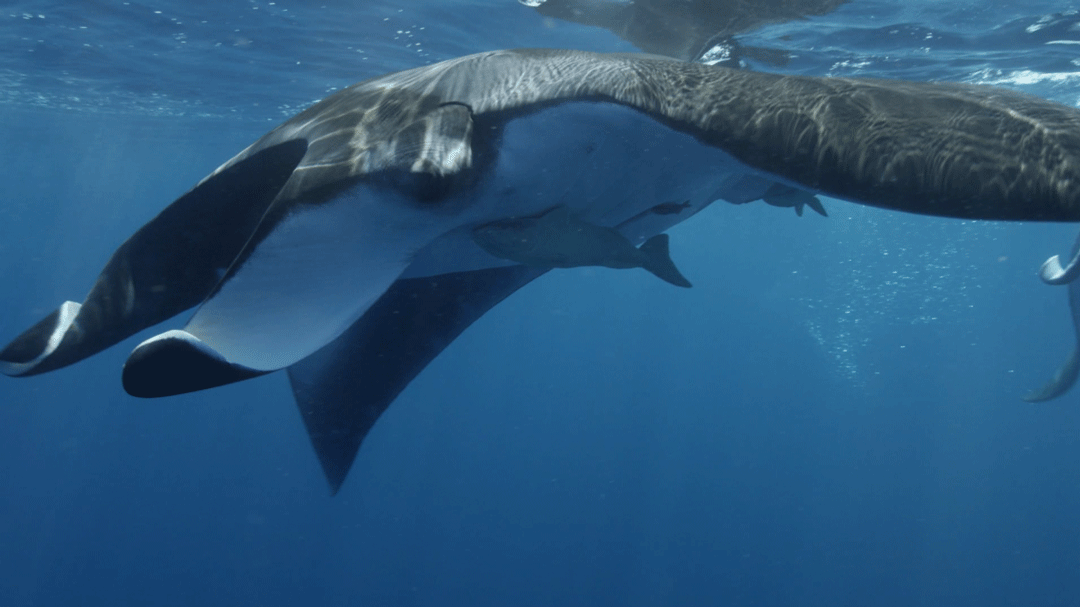
Female manta. Photo by Steve Hathaway | © Manta Trust
The majority of MWNZ sightings-data comes from citizen scientists, supplemented by dedicated monitoring efforts. Having lots of eyes on the water dramatically increases our chances of success and on occasion, we get really lucky, right place, right time, relaxed manta and a bloody good camera!
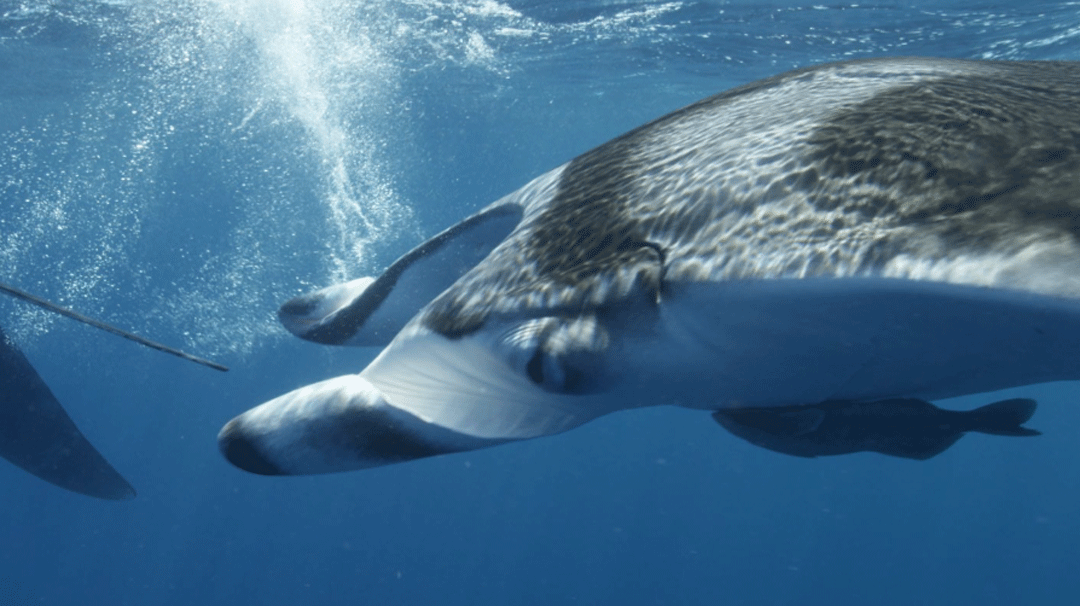
Male manta. Photo by Steve Hathaway | © Manta Trust
Renowned underwater videographer Steve Hathaway has a knack for being in the right place at the right time. In March of this year he spotted two large oceanic manta rays leisurely cruising at the surface; one closely following the other. This epic chance meeting lasted well over three hours, as the manta rays inquisitively circled what was likely to be their first human encounter.
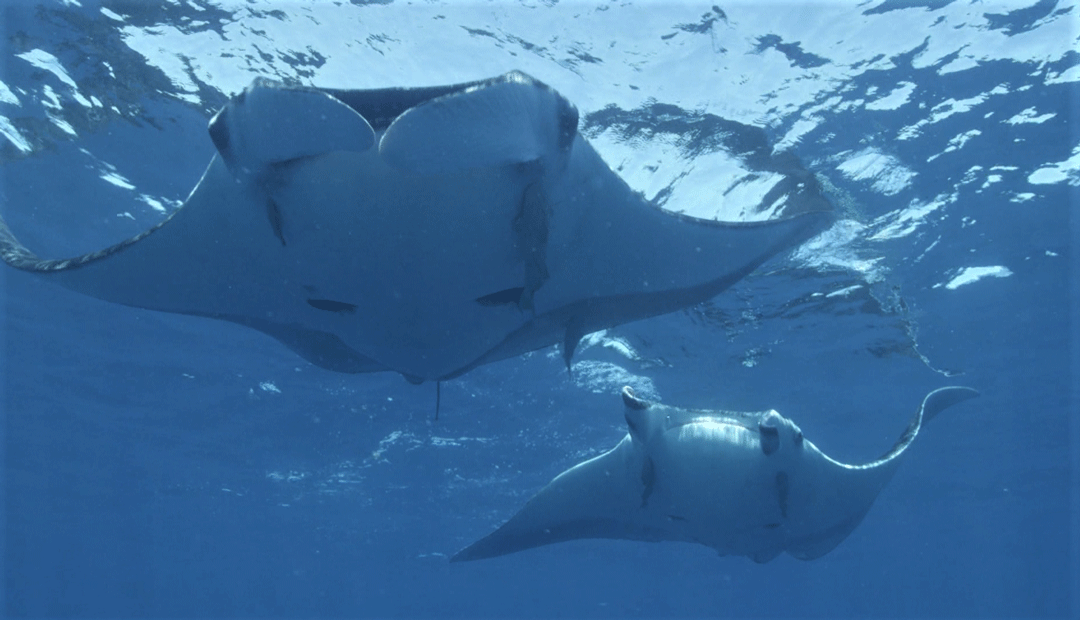
Courtship behaviour. Photo by Steve Hathaway | © Manta Trust
Very little is known about the courtship and mating behaviour of oceanic manta rays. Their elusive offshore tendencies mean that we know a lot less about them compared to their more accessible, reef manta counterparts. Steve had stumbled across active courtship behaviour, the likes of which haven’t been documented in such detail before and are definitely a first for the South Pacific Region.
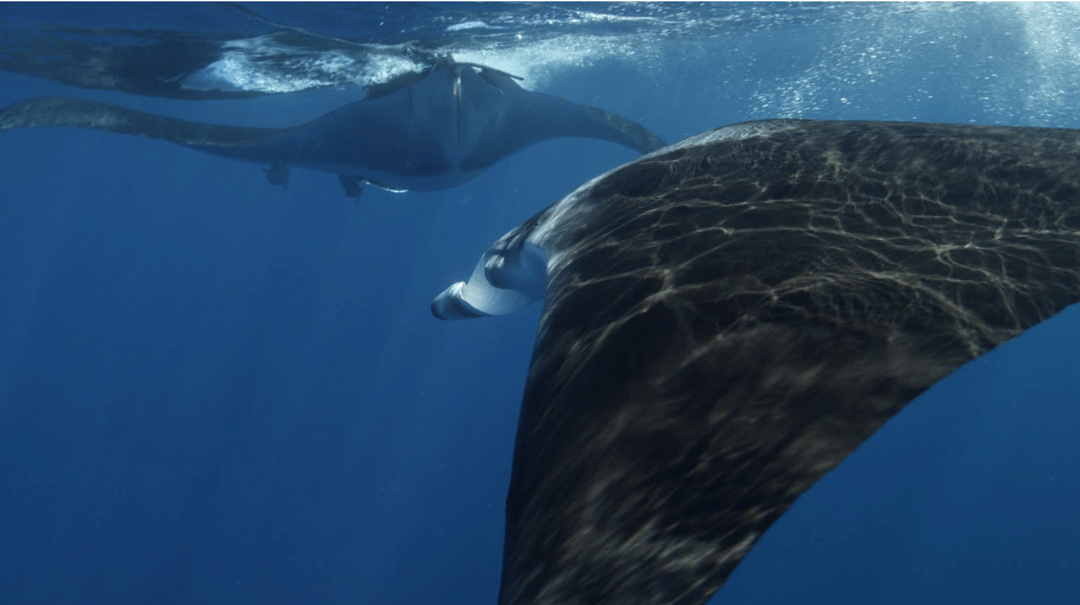
Courtship behaviour. Photo by Steve Hathaway | © Manta Trust
Female manta rays invest heavily into their offspring and as such choose their mates wisely. Manta courtship trains are an evolutionary endurance test, whereby multiple males compete for the right to mate with a female, however, only the male that lasts the longest succeeds. In reef manta populations where there are lots of competing males, courtship trains can easily reach 30 mantas long. But can the same be said for oceanic mantas? Finding a mate in the expanse of open ocean has its own unique challenges, perhaps taking endurance to a whole other level.
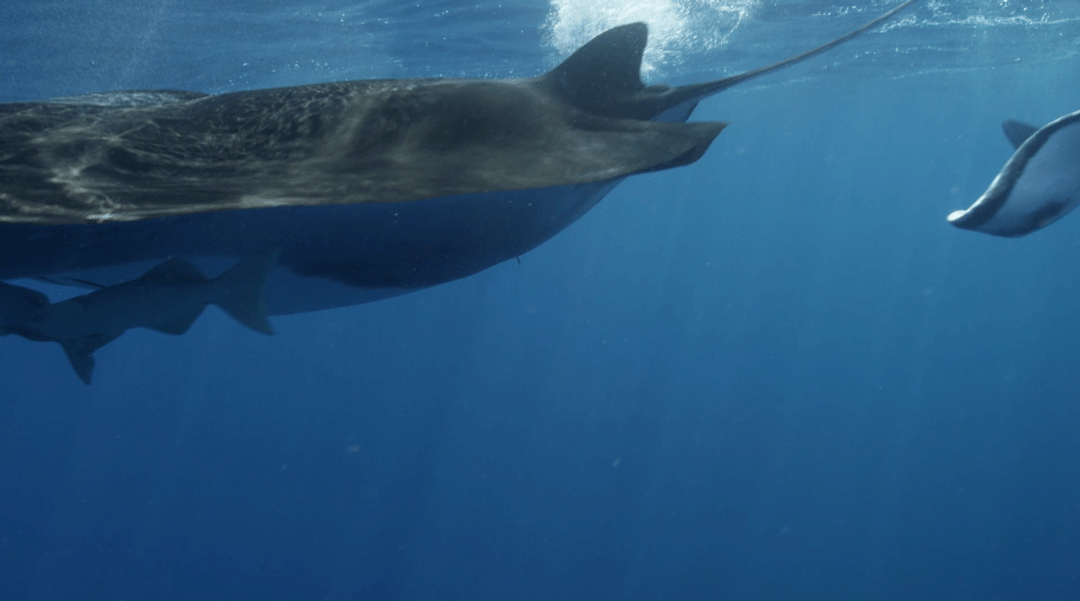
Courtship behaviour with baby bump close up. Photo by Steve Hathaway | © Manta Trust
Female mantas become receptive to mate immediately after giving birth. The female oceanic manta ray encountered here was heavily pregnant and likely to be in her final trimester. Which means it’s highly likely that she gave birth and subsequently mated in New Zealand waters.
This encounter ultimately highlights the significant role New Zealand waters play for this South Pacific population of oceanic manta rays. Could New Zealand’s offshore waters be the perfect manta nursery?
Find out more about the work of the Manta Watch New Zealand here.
